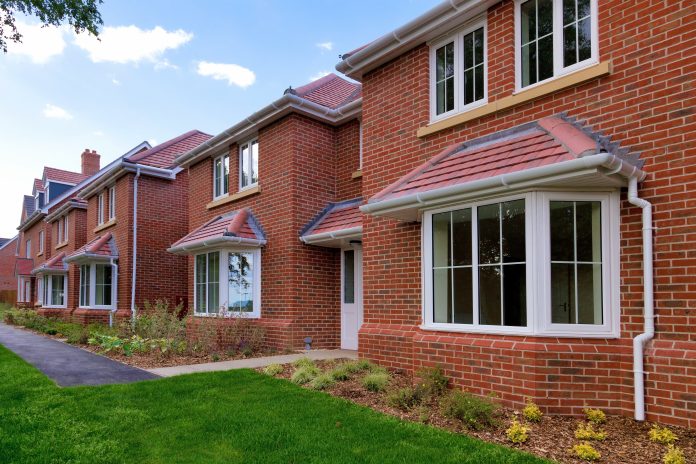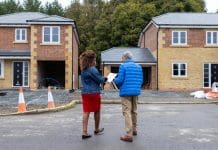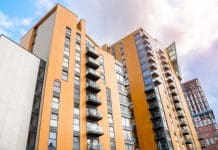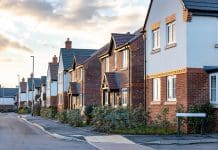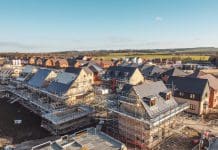The proportion of new homes built on derelict and vacant land has fallen by 10% since 2014, bringing it to its lowest level over the past five years, according to an analysis of new government data by the Campaign to Protect Rural England (CPRE)
53% of new homes were built on ‘brownfield land’ – land that has previously been built on, and now sits derelict or vacant – in 2018, new figures from the Ministry for Housing, Communities and Local Government (MHCLG) show [2] This is down from 56% in 2017, 61% in 2016, 57% in 2015 and 59% in 2014 [1].
The amount of brownfield land that has been redeveloped for new housing has also seen a significant decrease, falling from 2,628 hectares in 2017 to 1,758 hectares in 2018. In comparison, more than double the amount of farmland, forests, gardens and greenfield land was lost to housing over the same year, which, at 3,689 hectares, reached a five-year high [3].
This fall in housing developments on derelict and disused land comes despite findings from CPRE’s State of Brownfield 2019 report [4], published in March this year, demonstrating that there is space on suitable brownfield land for more than one million new homes.
The report also highlighted that through changes to the definition of ‘previously developed land’, and increasing the density of homes built on brownfield land, the true number of homes that could be built on brownfield sites could actually be much higher.
Prioritising this land not only delivers more homes in towns and cities close to existing infrastructure, services and jobs, while removing local eyesores through urban regeneration, but also limits the unnecessary loss of our countryside, says CPRE.
Rebecca Pullinger, planning campaigner at CPRE, said: “Increasing focus on building on brownfield land can breathe new life into towns and cities, and represents the most sustainable location for building the homes we need.
“There is space on derelict land for more than one million new homes and, with new sites coming forward all of the time, this renewable resource could continue to provide a steady pipeline of new housing going forward.”
The countryside charity states that these new government figures are a clear indication that more must be done to realise the full potential of brownfield land, which can help to transform vacant spaces while providing needed homes.
CPRE are calling for the government to introduce a genuine ‘brownfield first’ policy, which ensures that suitable previously developed or under-used land is prioritised for redevelopment over green spaces and countryside.
|
Year |
% of new residential addresses created on previously developed land (brownfield) | % of new residential addresses created on non-previously developed land (countryside) |
| 2013-14 | 59% | 41% |
| 2014-15 | 57% | 43% |
| 2015-16 | 61% | 39% |
| 2016-17 | 56% | 44% |
| 2017-18 | 53% | 47% |
- Ministry of Housing, Communities & Local Government: Land Use Change statistics 2017 to 2018
3.
|
Year |
Amount of brownfield land developed for housing (hectares) | Amount of greenfield land developed for housing (hectares) |
| 2013-14 | 1457 | 2105 |
| 2014-15 | 1758 | 3076 |
| 2015-16 | 1300 | 3328 |
| 2016-17 | 2628 | 3332 |
| 2017-18 | 1758 | 3689 |
- CPRE: State of Brownfield 2019
Brownfield registers identify land for more than 1 million homes.


